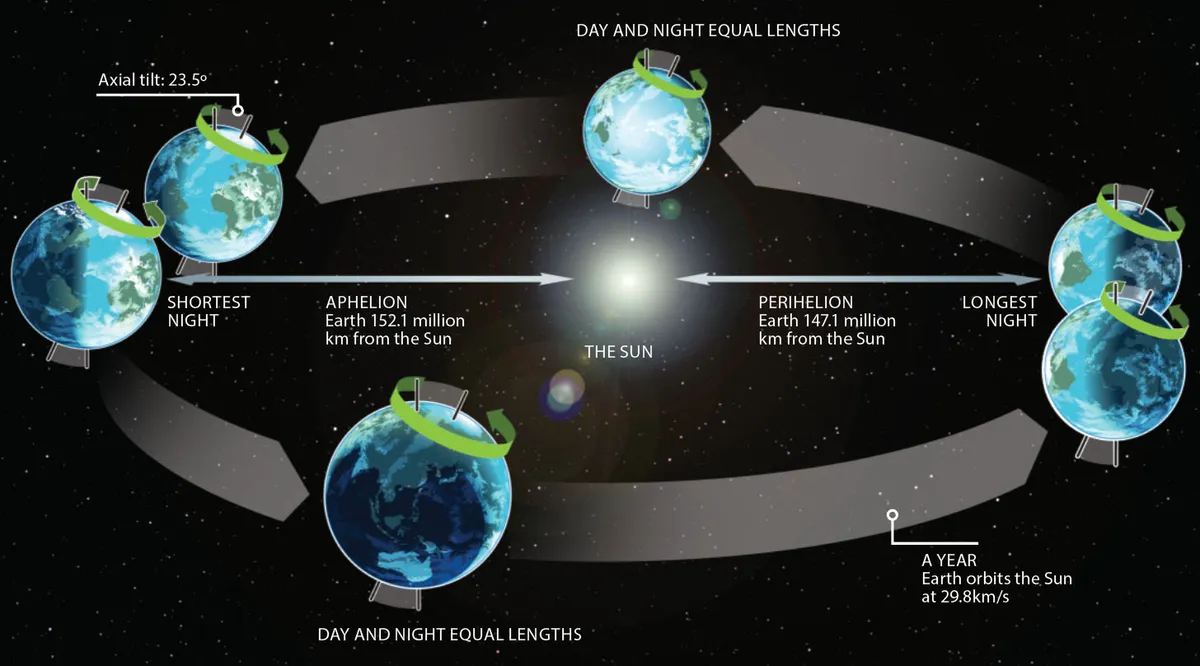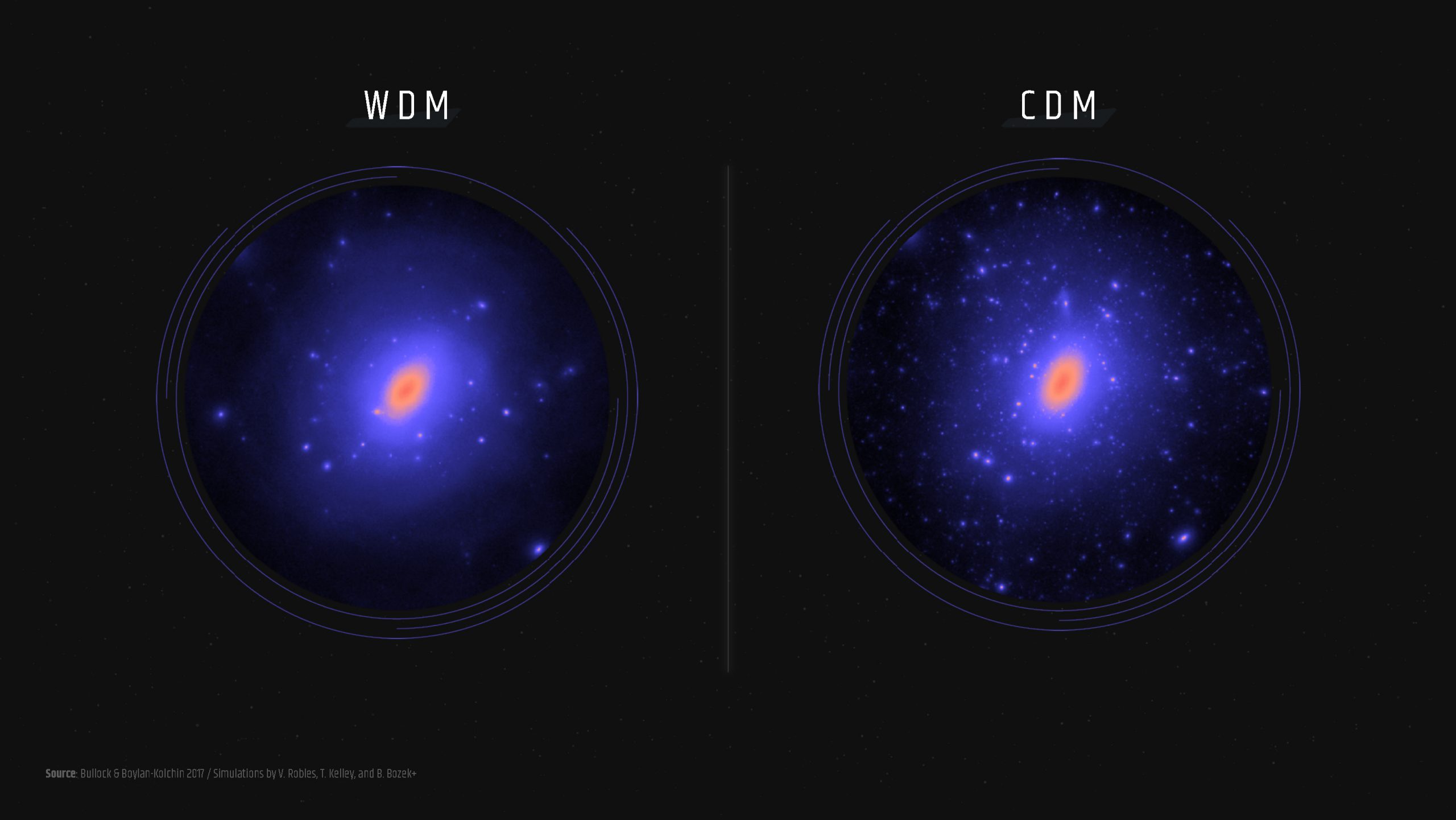An orbit is the path that one celestial body takes around another. In our solar system, planets orbit the Sun, moons orbit planets, and artificial satellites orbit Earth.
Types of Orbits
- Circular Orbits: These orbits are perfectly round, with the orbiting object maintaining a constant distance from the central body.
- Elliptical Orbits: Most orbits in the solar system are elliptical, meaning they are oval-shaped. The distance between the orbiting object and the central body varies throughout the orbit.
- Parabolic Orbits: These orbits are open-ended, meaning that the orbiting object will eventually escape the gravitational pull of the central body.
- Hyperbolic Orbits: These orbits are also open-ended, but the orbiting object will not return.
Kepler’s Laws of Planetary Motion
Johannes Kepler discovered three laws that describe the motion of planets in their orbits:
- The Law of Ellipses: Planets orbit the Sun in elliptical paths, with the Sun at one focus.
- The Law of Equal Areas: A planet sweeps out equal areas in equal times. This means that a planet moves faster when it is closer to the Sun and slower when it is farther away.
- The Law of Harmonies: The square of the orbital period of a planet is proportional to the cube of its average distance from the Sun.
Orbital Mechanics
Understanding orbital mechanics is essential for space exploration and satellite communications. It involves calculating the speed, altitude, and trajectory of orbiting objects.
Factors Affecting Orbits
- Mass: The mass of the central body and the orbiting object affects the orbit. A more massive central body will exert a stronger gravitational pull, causing the orbiting object to move faster and in a tighter orbit.
- Distance: The distance between the central body and the orbiting object also affects the orbit. Objects closer to the central body will move faster than objects farther away.
Orbits are a fundamental concept in astronomy and astrophysics. Understanding orbits is essential for understanding the motion of planets, satellites, and other celestial bodies.
Would you like to learn more about a specific type of orbit or the applications of orbital mechanics?



